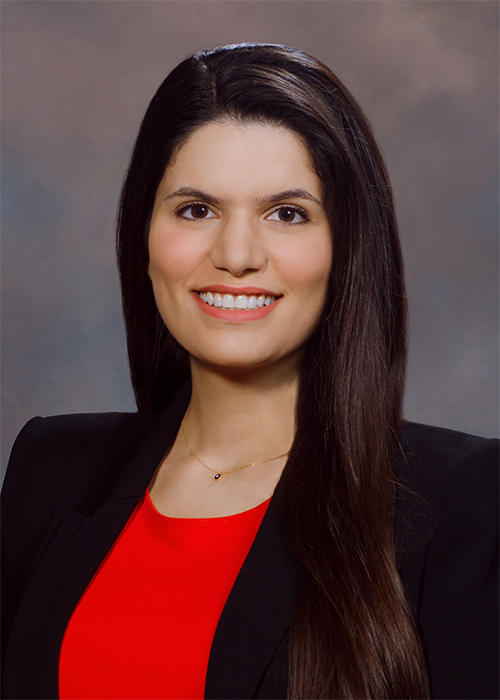What is Mohs Surgery?
Mohs Micrographic Surgery is a highly effective technique used to treat skin cancer. Invented by Frederic Mohs in the 1930s at the University of Wisconsin, this treatment allows Mohs surgeons to remove cancerous areas while preserving the maximum amount of healthy tissue possible.
Only certain types of skin cancers and locations on the body are eligible for Mohs surgery. Our dermatologists will work with you to determine if your skin cancer qualifies.
Effective for maintaining healthy tissue
Three in-house Mohs Surgeons
Reassurance & overall peace of mind
A Mohs surgeon is uniquely trained as a cancer surgeon, pathologist, and reconstructive surgeon. The Mohs surgery process involves removing the thinnest visible layer of cancerous tissue, one at a time. After the layer is removed, the removed skin is analyzed in a lab to check for any remaining cancer cells. This process is repeated until no more cancerous areas are detected.
The procedure is performed entirely under local anesthesia. You should budget several hours of your time for Mohs surgery in case multiple rounds need to be completed.
Surgery, pathology and reconstruction by one surgeon
Local anesthesia used
Removal of cancerous tissues one layer at a time, usually within the same day
The largest benefit of the Mohs process is that it analyzes 100 percent of the skin under the microscope, resulting in the more accurate analysis. Due to the careful examination involved, the skin cancer treatment rate for Mohs surgery is 98 percent. Immediate surgical reconstruction can be performed after confirming that 100 percent of the cancerous cells have been removed.
Because the surgery process involves removing thin layers of cancerous skin one at a time, the amount of healthy tissue loss is minimized. The aesthetic outcome of Mohs surgery is more optimized compared to other skin cancer treatments due to Mohs being so precise.
The cure rate of Mohs surgery is exceptionally high when compared to other skin cancer surgery options. To explore more options for skin cancer surgery, visit our surgical dermatology page.
The procedure is performed entirely under local anesthesia. You should budget several hours of your time for Mohs surgery in case multiple rounds need to be completed.
98% cancer treatment rate
Healthy tissue maintained
More sophisticated surgical closures
Our Mohs Specialists

ASHLEY N. SULLIVAN, M.D., MOHS SURGEON

JULIA K. PADGETT, M.D., MOHS SURGEON

NIKOO CHERAGHI, M.D., MOHS SURGEON
Frequently Asked Questions:
What is Mohs Surgery?
Learn more about Mohs Surgery from the Mohs College at: https://www.mohscollege.org/for-patients
How is Mohs surgery different from other surgical dermatology procedures?
Mohs offers the highest cure rate (97-99% for basal cell carcinoma; 97% for squamous cell carcinoma). Other skin cancer treatment methods blindly estimate the amount of tissue to treat, which can result in the unnecessary removal of healthy skin tissue and tumor re-growth if any cancer is missed.
When is Mohs surgery recommended?
How long does a typical Mohs surgery procedure take?
A majority of our patients are done after 2-4 hours. However, every so often a patient may require multiple stages and is with us for the better half of the day so we ask patients to give us the whole day.
Is Mohs surgery performed on an outpatient basis?
Will I need multiple sessions for Mohs surgery?
What is the success rate of Mohs surgery?
97-99% for basal cell carcinoma; 97% for squamous cell carcinoma




